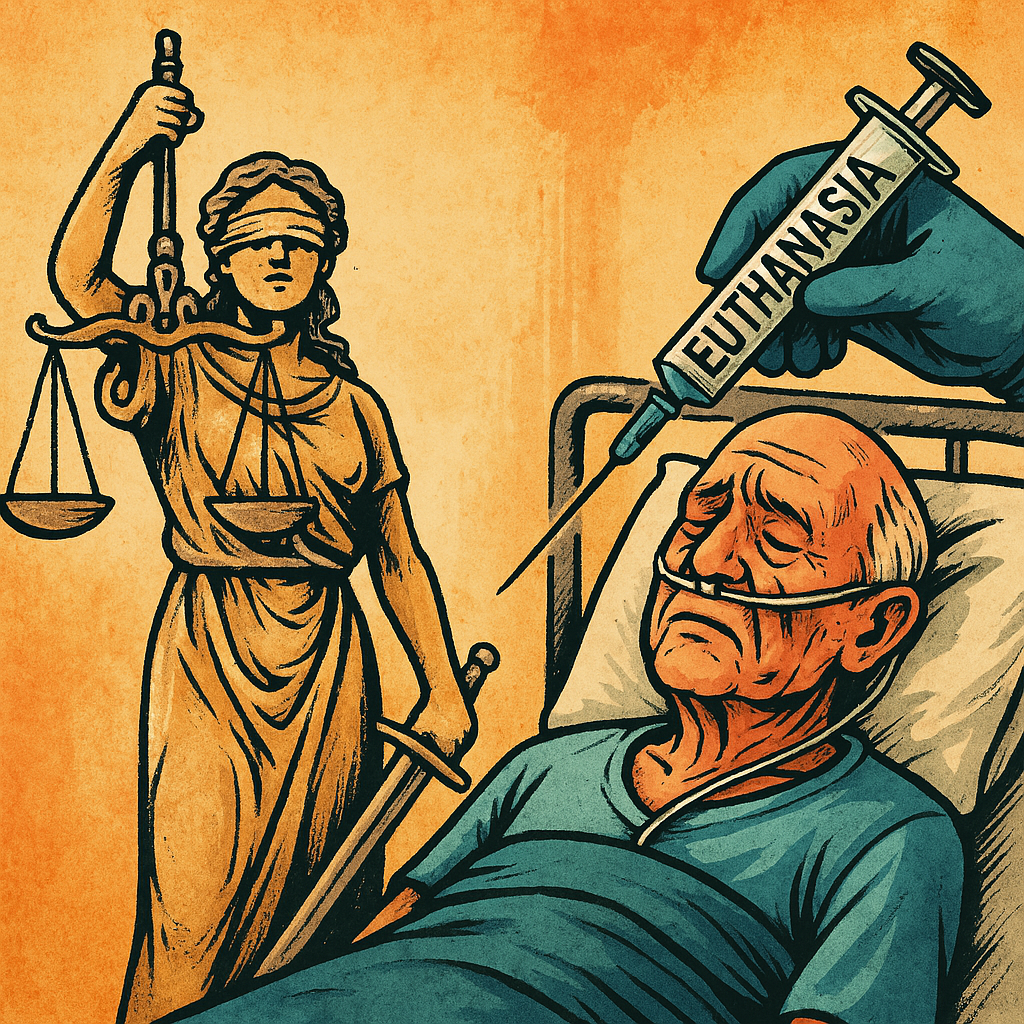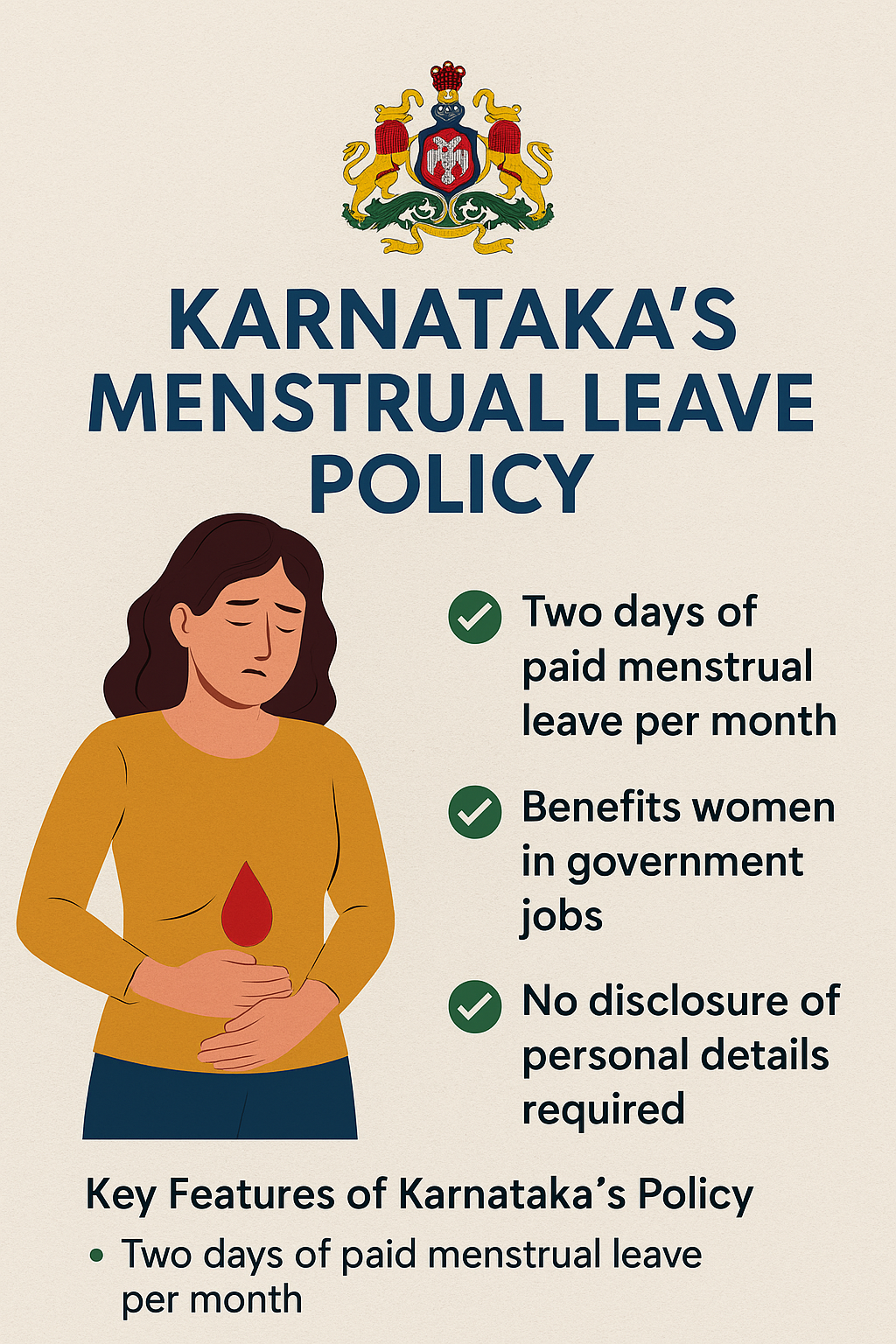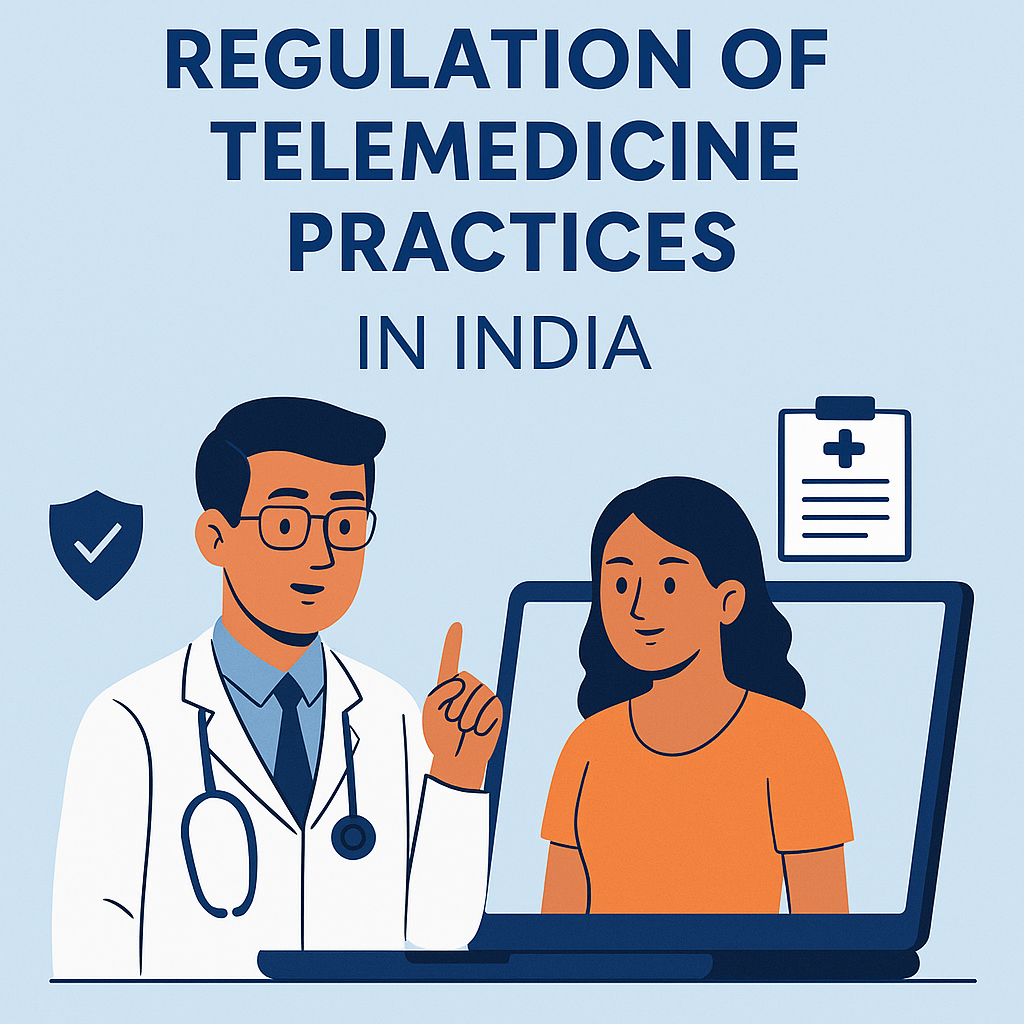Injury and Accident Law Articles under Personal Injury
🔹 Introduction
Personal injury law deals with legal disputes arising from physical, emotional, or psychological injuries caused by the negligence, recklessness, or intentional acts of another party. Injury and accident law covers a wide range of scenarios, including road accidents, workplace injuries, slip-and-fall incidents, medical malpractice, and product liability.
The primary aim is to compensate victims for losses, including medical expenses, lost wages, pain and suffering, and sometimes punitive damages.
🔹 Key Principles of Injury and Accident Law
Negligence
The most common basis for personal injury claims.
To establish negligence, the plaintiff must prove:
Duty of care: The defendant owed a duty to act reasonably.
Breach of duty: The defendant failed to meet that duty.
Causation: The breach caused the injury.
Damages: The plaintiff suffered actual harm (physical, financial, or emotional).
Strict Liability
Liability without proof of negligence, usually for dangerous activities or defective products.
Vicarious Liability
Employers can be held liable for injuries caused by employees during the course of employment.
Contributory and Comparative Negligence
If the plaintiff contributed to the accident, compensation may be reduced (comparative negligence) or barred entirely (contributory negligence, in some jurisdictions).
🔹 Common Types of Injury and Accident Cases
1. Road Traffic Accidents (RTA)
Governed in India by the Motor Vehicles Act, 1988.
Injured persons can claim compensation for medical expenses, disability, or death.
Case Example:
New India Assurance Co. Ltd. v. Smt. Meena & Ors. (Supreme Court, 1995)
Facts: Victims suffered serious injuries in a car accident.
Held: Insurance company liable to compensate for medical expenses and loss of earning capacity.
Principle: Victims are entitled to full compensation from insurer under Motor Vehicles Act.
2. Workplace Accidents
Governed by Factories Act, Workmen’s Compensation Act, 1923.
Employers are liable for injuries arising out of and in the course of employment.
Case Example:
Bangalore Water Supply & Sewerage Board v. A. S. Chandrasekar (Supreme Court, 1978)
Facts: Employee injured due to machinery defect.
Held: Employer liable to pay compensation under Workmen’s Compensation Act.
Principle: Employers must maintain safe work environments; liability arises even without fault if injury is work-related.
3. Medical Negligence
Injuries caused due to doctors’ or hospitals’ negligence.
Standard: Bolam test – doctor not negligent if acted according to accepted medical practice.
Case Example:
Dr. Laxman Balkrishna Joshi v. Dr. Trimbark Babu Godbole (Supreme Court, 1969)
Facts: Patient suffered injury due to alleged medical negligence.
Held: No negligence found; doctor acted according to standard medical practice.
Principle: Liability arises only when care falls below accepted professional standard.
4. Product Liability Accidents
Injuries from defective or unsafe products.
Manufacturers, distributors, or sellers may be held liable.
Case Example:
Rameshbhai D. Patel v. Union of India & Ors. (Bombay High Court, 1999)
Facts: Injury caused due to defective electrical appliance.
Held: Manufacturer liable for damages.
Principle: Sellers/manufacturers have a duty to ensure products are safe for intended use.
5. Slip and Fall / Public Liability Cases
Injuries occurring in public spaces or commercial establishments.
Owners have a duty to maintain safe premises.
Case Example:
Municipal Corporation of Delhi v. Subhagwanti (Supreme Court, 1966)
Facts: Pedestrian injured due to broken pavement.
Held: Corporation liable for failing to maintain safe conditions.
Principle: Public authorities and private occupiers have a duty of care to visitors.
🔹 Key Legal Remedies
Compensatory Damages
Reimbursement for medical bills, lost wages, rehabilitation costs, pain and suffering.
Punitive Damages
Awarded to punish grossly negligent or intentional misconduct.
Injunctive Relief
In some cases, courts may order preventive measures to avoid further accidents.
Structured Settlements
Compensation may be paid over time, especially in long-term disability cases.
🔹 Important Legal Principles
Res Ipsa Loquitur (“The thing speaks for itself”)
Used when injury would not have occurred without negligence, e.g., surgical instruments left inside a patient.
Doctrine of Strict Liability
Used in ultra-hazardous activities: blasting, handling chemicals, or defective machinery.
Duty to Mitigate Damages
Injured party must take reasonable steps to minimize harm, like seeking prompt medical attention.
🔹 Conclusion
Injury and accident law under personal injury seeks to balance victim rights with fairness to defendants. Courts enforce liability primarily based on negligence, duty of care, and causation, while also protecting public safety and livelihood.
Key Takeaways:
Employers, manufacturers, and property owners must ensure safety and care.
Injured parties are entitled to full and fair compensation, reduced only if they contribute to the accident.
Courts carefully analyze duty, breach, causation, and damages to decide liability.











0 comments